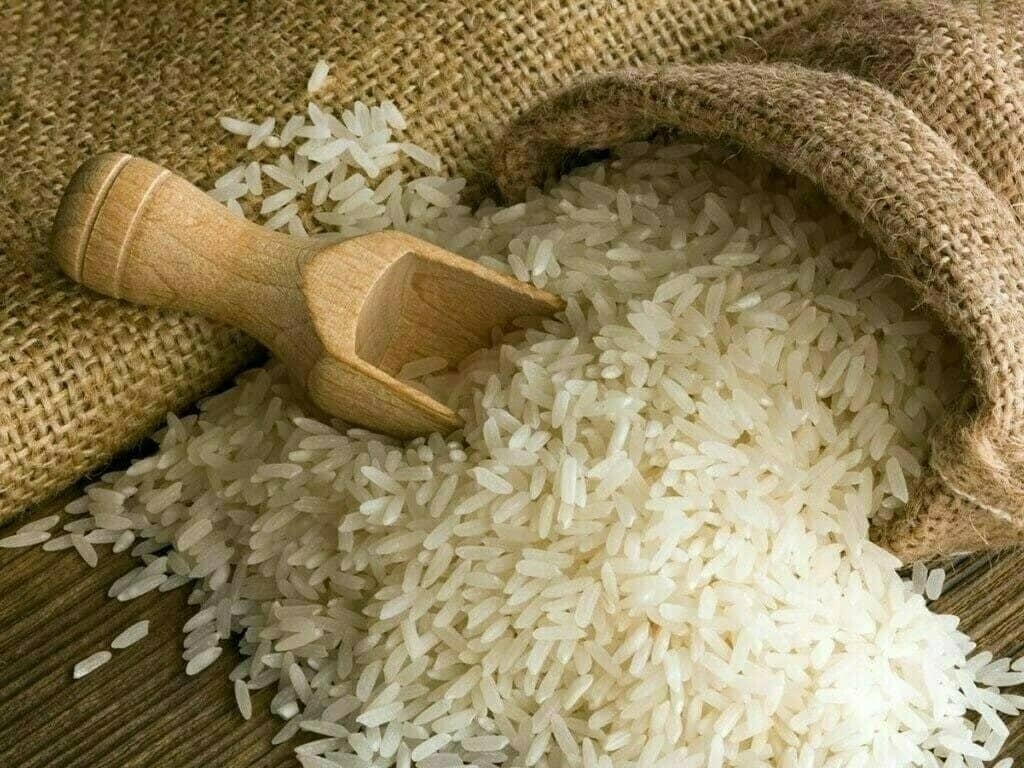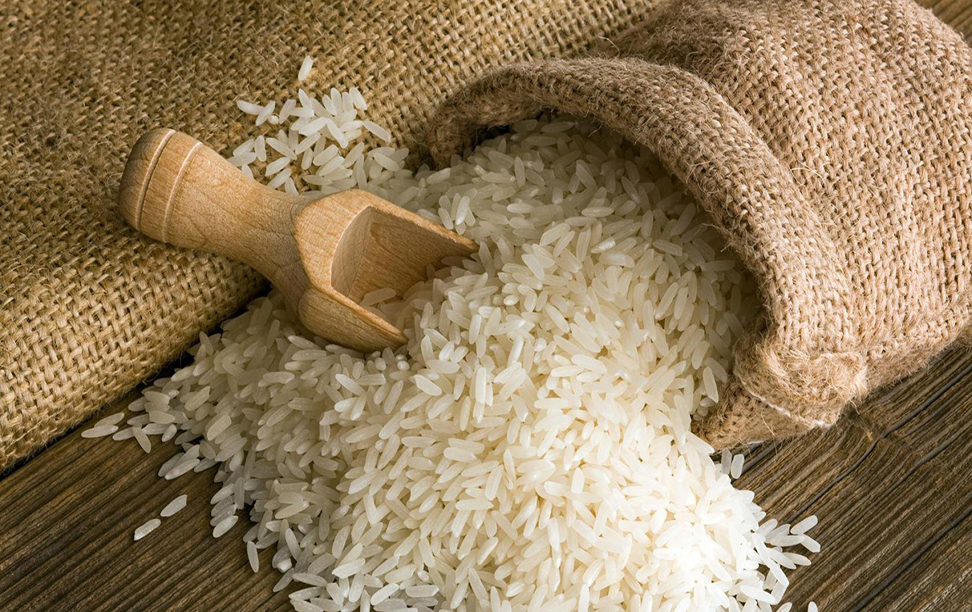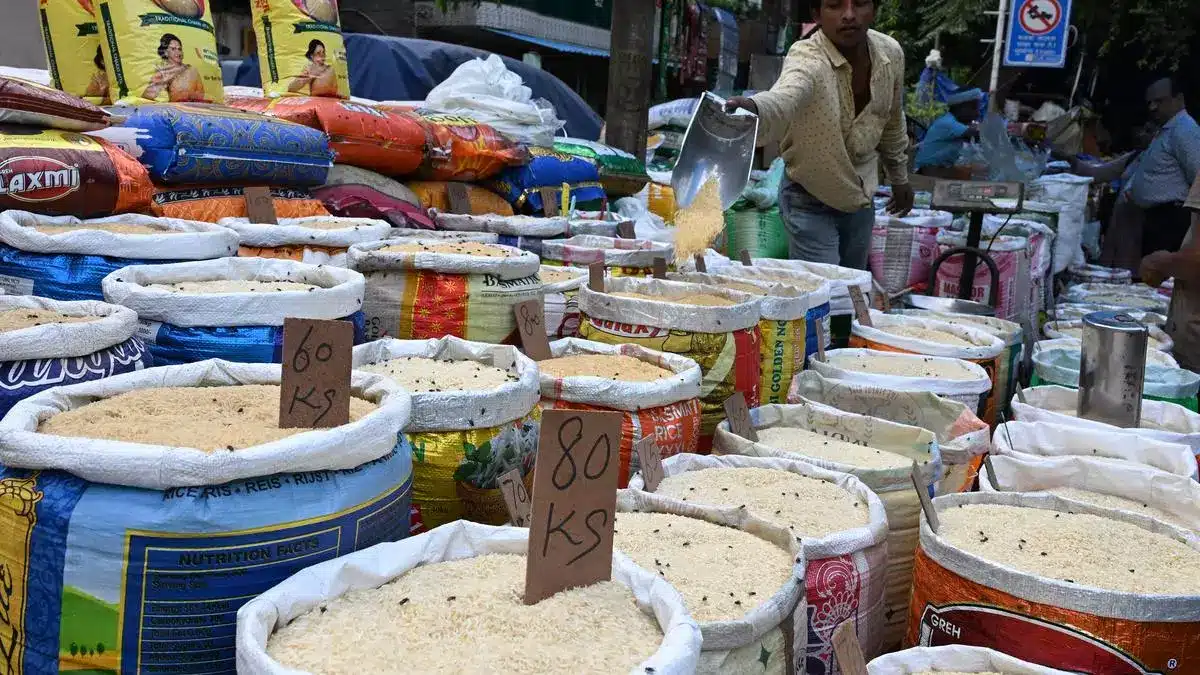Tags
Govt. ignored health risks, says research; here is everything you need to know about fortified rice

Research by The Reporters’ Collective (TRC) has showed the Modi government rushed with its plan to supply fortified rice to more than 80 crore people in the country, despite internal and external expert warnings on the adverse effects of feeding people, particularly children, fortified rice.
Massive protests have been staged across Jammu Kashmir to protest against the decision to supply fortified rice, locally called plastic rice, however, less or unabundant research pushed the Government narrative. The officials said that the rice was rich in multi nutrients.
The Food Department of Indian Government omitted a review by Cochrane, a UK-based scientific nonprofit whose evaluations are considered a gold standard on efficacy of fortified rice in scientific literature.
The Cochrane review aggregates evidence from many studies on efficacy of fortified rice and analyses their results. In the case of fortified rice, its analysis of 17 research papers found no mention in the presentation. Six of thirteen papers in the Indian Food Department’s list of evidence to prove fortified rice’s efficacy are among the 17 studies reviewed by Cochrane.
This review showed “Fortification of rice with iron alone or in combination with other micronutrients may make little or no difference in the risk of having anemia or presenting iron deficiency.” The researchers further noted, “we are uncertain about an increase in mean hemoglobin concentrations in the general population older than 2 years of age.”’
Another research has shown that Thalassemia, sickle cell anaemia and malaria are conditions where there is already excess iron in the body, whereas TB patients are unable to absorb iron.’ Such cases have been reported in parts of India.
Consumption of iron-fortified foods among patients of these diseases can reduce immunity and the reduce functionality of organs.
TRC has revealed, how at least six international organisations, found their way into an Indian government agency to influence decisions and open the Indian market to global suppliers and manufacturers of premixes that are used to produce the artificial fortified rice kernel.
Fortified rice is made by beating grains into a dough, adding micronutrients or premix to it and then machine-carving the dough into grains that resemble rice. One such kernel is mixed blended with 100 natural rice grains- an annual business opportunity of Rs 1,800 crore created solely by Union government’s mandate.
The Collective’s investigation found; all the six organisations that pushed the Indian Government to supply fortified rice are actually linked to one company based in The Netherlands. Royal DSM NV, one of the world’s most prominent producers of fortified rice premix. DSM claims to be a health and nutrition company. It produces the powder used in fortification. The firm, The Collective found, funds one of the six organizations, collaborates with another, sits on the advisory board of third and partners with the rest.
These six organisations influenced government policy on supplying rice and other food items fortified with micronutrients across the country, collected evidence to buttress the case for fortification, ran pilot projects with governments, worked to set standards and charted countrywide rollout.
The government used ‘science’ generated by these organisations to justify mandatory supply of fortified rice in India. The government guidelines on fortification were developed by plagiarizing in parts verbatim from toolkits developed by some of these organisations.
In return Modi’s announcement gave a bonanza to Royal DSM.
The company did not hide its gratitude. “We are very thankful that Prime Minister Modi’s government has mandated the fortification of rice, at least in the social safety nets part of the rice pipeline in India,” François Scheffler, Regional Vice-President, Human Nutrition and Care, Asia Pacific & President, DSM Asia Pacific told the Indian media.
The Collective’s evidence gathered is based on internal government records as well as public documents.
Within eighteen months of Modi’s announcement Royal DSM set up a 3,600-tonne capacity fortified rice kernel plant in Hyderabad. Scheffler told The Print that Royal DSM is working with the government, NGOs and rice millers in India to expand its production.
DSM is estimated to have already cornered 17% of the Indian micronutrient premix market, says market research agency Giract. The domestic market was estimated to be worth over Rs 660 crore in 2021. And, soon it would be worth Rs 1,800 crore a year, thanks to the Union government’s mandate.
While DSM is open about its business strategy involving nonprofits and engagement with governments, it’s not the only corporate that would stand to gain significantly from the government’s decision. Neither is their modus operandi unique. Many global companies in the business of food and nutrition products lobby through nonprofits and directly to create markets in the developing world.
The food safety regulator of India, Food Safety and Standards Authority of India, set up a ‘resource hub’ geared specifically towards fortification. One can only guess if it was a mere coincidence or not. The Food Fortification Resource Centre, as it came to be called, planned ‘alignment and advocacy’ and worked towards ‘creating demand’ for fortification, the report added.
These are business terms to describe the act of convincing governments to make it a must for people to consume such food products. Indian and international food product companies have always eyed the Union government’s vast food security schemes serving more than 80 crore people in India. In 2016, the fortified food producers set their sights on this Indian market.
A bevy of international nonprofits, including Nutrition International and one previously owned and still funded by DSM, became partners in the resource centre, which works as the government’s nodal arm for fortification and is dependent on nonprofits for every aspect of its functioning.
They attended meetings on fortification, and were invited to major government policy meetings, thus playing a major role in lobbying for food fortification with lawmakers in India.
When the resource centre released the primary document that sketched out the plan for fortification in 2017, it listed nutrition nonprofit Sight and Life as one of the government’s partners in scaling up fortification across the country.
Sight and Life previously operated ‘under the umbrella’ of DSM and continues to be funded ‘generously’ by the firm. While the nonprofit claims it is an ‘independent foundation’, half its board members, including the chair of the board of trustees, are DSM personnel. As a partner, the nonprofit would be involved in setting policies and even have a say in notifying the food regulator’s standards for fortifying rice.
The 2017 document calls for a joint advocacy campaign led by FSSAI – “bringing the credibility, authenticity and trust of the government” – but adds, “with financial contributions from the industry and premix suppliers”.
While the government was still chalking out plans to scale up the fortification programme, the food regulator held a meeting with the premix industry in March 2017. The minutes of the meeting recognise DSM as the only premix supplier for rice fortification. In the meeting, the firms decided on a price range for both premix manufacturing and fortified rice kernels.
“FSSAI does not fix any market price of any food commodity,” said the government’s food regulator over mail. However, the minutes of the meeting clearly show each premix supplier enumerating the price range of the premix they offer.
Experts say the fact that the resource centre is intertwined with nonprofits funded by firms with commercial interests in the fortification policy raises ethical questions about its functioning.
“Having the Food Fortification Resource Centre in FSSAI requires investigation about its role,” Dr Arun Gupta, a paediatrician and convenor of Alliance Against Conflict of Interest, told The Collective over mail.
‘“The majority of FFRC partners are funded by the food industry, why on earth should they be asked to play the role of a resource centre?”
“FSSAI invites various stakeholders to attend meetings for better understanding. However, they do not have any role to decide policy matters etc,” the FSSAI told The Collective via mail in response to detailed queries.
None of the meetings on fortification in the files The Collective reviewed, however, involved civil society or consumer groups not linked to food businesses. This was a departure from the meetings held, for example, on the contentious issue of the government’s Front of Pack Labelling policy, which involved a more diverse set of stakeholders.
DSM has nurtured allies in NGOs, and governments to promote fortification, and is open about it. “In partnership with governments, the private sector and NGOs such as GAIN, DSM is pioneering the establishment of staple food fortification programs worldwide,” it says on its website.
By now the signs of the government’s growing chumminess with DSM became apparent. The Modi government finalised India’s fortification policy despite overwhelming evidence pointing towards its lack of efficacy. But internally, it cherry picked a list of evidence to convince states to start supplying fortified rice.
One of the research papers cited as evidence on this list is by Sight and Life – the nonprofit previously functioning under DSM – and DSM itself. The DSM-affiliated research concluded that fortified rice is an effective way to combat malnutrition. The resource centre website too, cites multiple studies by Sight and Life.
DSM being the early bird was positioned to reap profits. Government tenders for picking fortified rice kernel suppliers list eight premix suppliers allowed – one of them was DSM.
The government’s fortification resource centre lists DSM’s Indian group company, DSM Nutritional Products India Pvt Ltd, as a supplier of both fortified rice kernels and centrally licensed premix.
The government’s fortified rice programme has coincided with the healthy growth of DSM’s revenue. DSM Nutritional Products India’s profits after tax saw a near 30% hike in the financial year 2021-22 over its 2020-21 numbers. The 2020-21 year was also a great one for the firm with a 60.5% rise in profit after tax when compared to 2019-20.
In fact, the company’s profit of Rs 20.65 crore in 2021-22 is the best figure it has posted so far, shows a review of the company’s corporate filings. The company’s annual filings, however, do not segregate its revenues based on sale of particular products.
The Collective sent detailed queries to DSM. A spokesperson on behalf of the multinational got in touch with The Collective and assured that the company would respond to the questions. But no reply came through.
Financial welfare of business corporations was on the government’s mind too. Though rice fortification was touted as a health move, government documents reveal an underlying aim to foster the wealth of businesses. The Food Department in a note, dated 12 September 2019, said one of the objectives of its rice fortification scheme was to “give a fillip to the FRK (fortified rice kernel) industry through assured demand”.
The industry includes those who produce micronutrients, units that manufacture machines to mix rice with nutrient powders to make fortified kernels, machines that blend these kernels with normal rice in the right proportion, rice millers and suppliers.
Calculations by The Collective, based on figures included in official documents, show that under the scheme the business generated for the blending industry alone would be between Rs 1,560 crore and Rs 13,500 crore depending on the type of blending units millers opt for.
For the kernel supply industry, meanwhile, a market totalling at least Rs 1,800 crore a year would be generated. This in addition to the market created for multinational micronutrient companies.
http://thekashmiriyat.co.uk/govt-ignored-health-risks-says-research-here-is-everything-you-need-to-know-about-fortified-rice/Published Date: May 30, 2023







